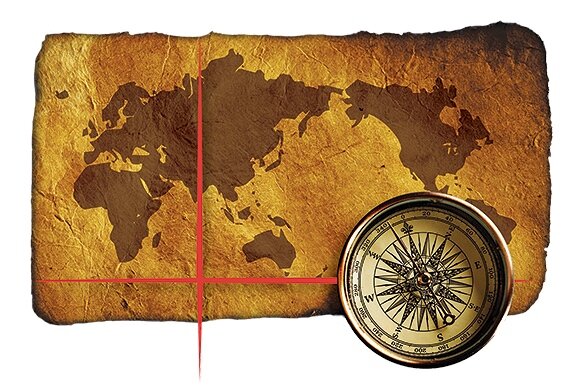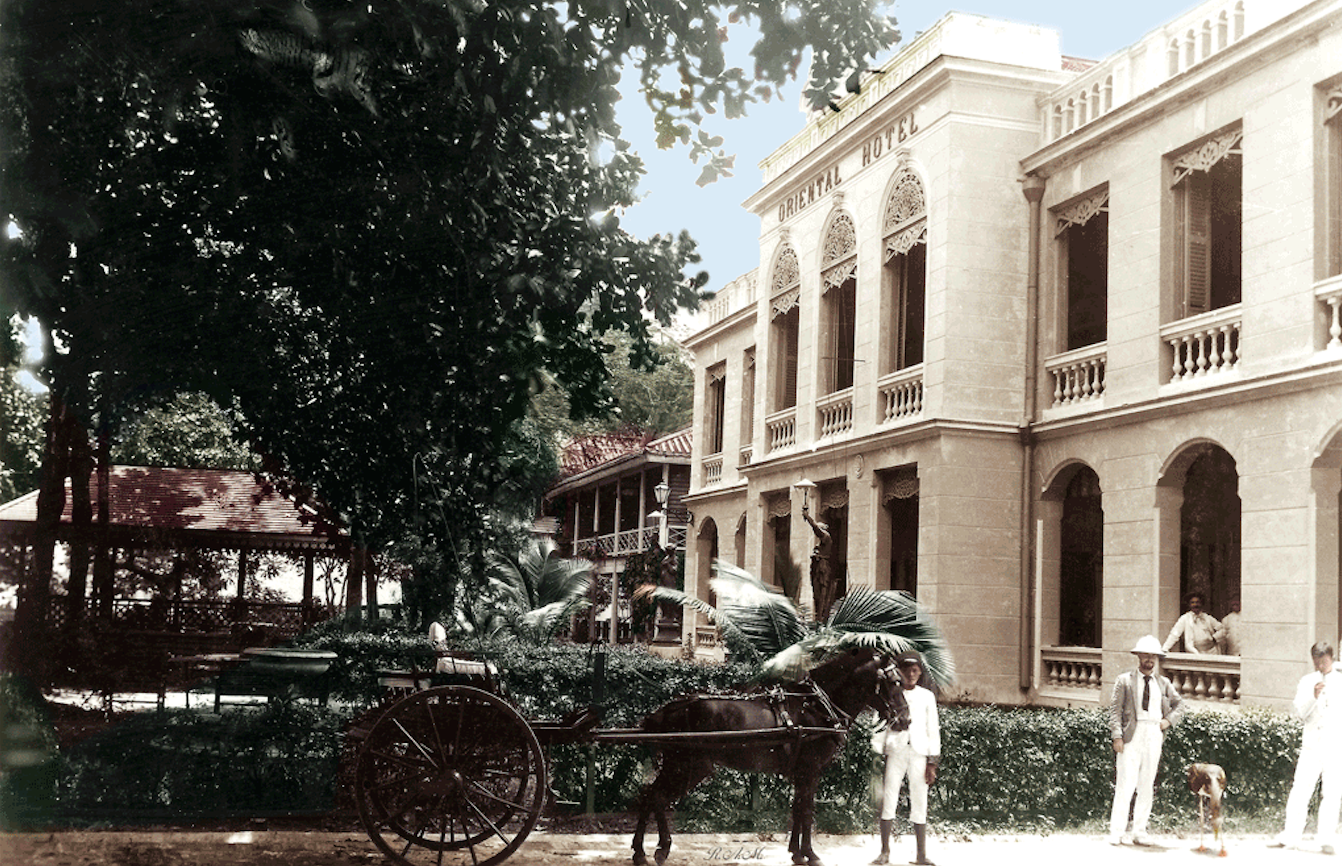BORDER OPENING STATUS
From Nepal to Sri Lanka, borders are re-opening with various levels of requirements but the need to quarantine for 14 days has now completely been removed. Most countries do not require any quarantine or on arrival testing.. At Longitude 80, we have designed a system of support that will look after all the details required to look after you from airport VIP Fast Tracks to private testing if required to all our guides and drivers triple vaccinated.There are a few properties in the list below that we do not recommend to visit at this stage for obvious reasons but the majority of our “Legends” are ready to host you with incredible hospitality. And remember that Longitude 80 excels at coordinating cross border travel!
Vestiges of colonial life are slowly fading from Asia’s modern, busy cities. But at Longitude 80, we have a weakness for the taste of days of yore, for old world charm, luxurious elegance, good food and history-whispering lobbies. We hummed and we hawed. We pondered and we debated. And we picked the following ten “legends”, ten classy hotels where, at night, you can walk and listen to the corridor walls whisper amazing stories. Choose your hotels and we’ll plan the trip around them. Each stay is a minimum two to three nights and in each location we will use our contacts to prepare a tour of the hotel with a historian, as well as cooking classes, markets and art galleries visits, a guided walking tour of each city’s amazing past and evening meals in the region’s most acclaimed restaurants.
Majestic Hotel (1932). Modern Kuala Lumpur is like any big developing Asian city: malls, traffic, more malls, street hawker stalls, Chinatown, nice neighbourhoods where diplomats live, shiny towers, malls… But there’s a pocket of KL that will be forever England. Walking into the recently refurbished Majestic, with only 51 rooms that combine neoclassical and art deco style, is like stepping into a Somerset Maugham novel. There’s a smoking room, where guys in linen suits light up, play pool and drink whisky; there’s a screening room that shows black and white movies from Hollywood’s golden age; and in the suites there are deep, lovely clawfoot baths where you can wash away the humidity and sweat of life in the hot zone.
Hanoi’s Metropole (1901) is the last grand colonial hotel in what was French’s dominion in Asia and is still standing proud (with its five stars), with its graceful high ceiling and hardwood floors. Charlie Chaplin and Jane Fonda, GHW Bush and Jacques Chirac stayed here: you’ll be in good (and luxurious) company. Without a doubt, it is the best hotel in all of Vietnam.
Colombo’s Galle Face Hotel (1864), located in Sri Lanka, is the oldest hotel east of Suez and was an institution of the British Raj. Completely refurbished, exquisitely furnished, combining old-style hospitality and very fine dining, everyone who was someone once passed its grand entrance: Mahatma Gandhi and Yuri Gagarin, Emperor Hirohito and Sir Roger Moore, Noel Coward and Carrie Fisher to name a few. Ask for the room where Arthur C. Clarke wrote his 2001: A Space Odyssey !
Siem Reap’s Grand Hotel d’Angkor (1932) was constructed to accommodate the influx of world dignitaries coming to colonial Cambodia between the two great wars to explore the famed Angkor Wat religious complex. Located in a lush oasis, with magnificent gardens, exquisite suites, incredible cuisine, restful spa, Khmer furniture and black-and-white marble floors, it is a wonder to discover.
The Peninsula Hong Kong (1928), located in Kowloon, is an institution that combines exquisite colonial and subtle modern elements, and was designed to be and remain, the finest hotel east of India. In the Peninsula, you’ll find touch-screen menus and vintage luggage-inspired drawer handles, 3D movies library and Chinese ink ornaments. It boasts an helipad and a fleet of green Rolls-Royces. The hotel (and its best restaurant in all of Hong Kong according to Conde Nast Traveller Magazine) is located directly opposite to the quays where ocean liners used to disembark and is a stone throw away from the last stop on the trans-Siberian rail link.
Bangkok’s Mandarin Oriental (1876) (and its author’s suites where Graham Green, James Michener, Somerset Maugham, Norman Mailer and Joseph Conrad once stayed and wrote) is another of our five-star recommendation. It has 35 unique suites and eight restaurants, a colonial-style lounge and a live jazz bar. This hotel has received seven international awards in the last ten years. A must-stop!
The Strand (1901), located in Yangon, is a Victorian-style hotel renowned for its sheer grace and unrivalled style. This Burmese institution has been totally renovated but remains true to its architectural past. Don’t expect swimming pools or tennis courts. But do expect teak floors, mahogany furniture and canopied beds.
Vientiane’s Settha Palace (1932) is a Laotian historical, luxury boutique hotel that remains true to its 1930s colonial heritage. With dark rosewood, large pilasters and rooms elegantly furnished with antiques, it is one of Asia best kept secrets. If this sounds like you, go to the hotel’s La Belle Epoque restaurant and try their goat cheese pastry!
Katmandu’s Dwarika (1952) is both the youngest of the Legends of Asia and also the eldest of the bunch since its architecture, design and tradecraft were inspired by 15th century Nepalese art and heritage. It has won the UNESCO Asia-Pacific Heritage Award for Culture Heritage Conservation. A truly unique hotel, blissfully peaceful and atmospheric in one of the most colourful cities east of longitude 80.
Singapore’s Raffles (1887) started in 1830 as a privately owned beach house. By 1888, it was a high-standard colonial hotel serving wealthy travelers. Today, in one of the most-modern cities of the world, it is a haven of old colonial style and hospitality. Eight restaurants. More than 100 suites. Its Long Bar is where the Singapore Sling was invented and where Somerset Maugham spent many a night. Declared a national monument by the Singapore government. Need we say more?
HOW LONG?
A full trip exploring each of these amazing hotels and cities would be around 35 days when you account for travel time. Depending on your interest and time constraints, we can narrow it down to on 3-4 “legends of Asia” and the cities that they are located.
WHERE DOES IT START?
You decide.
WHEN?
It does not matter, rain or shine, we explore.
DID YOU KNOW?
The oldest hotel in our repertoire is the Galle Face Hotel in Colombo completed in 1864. The youngest one is the Dwarika in Nepal, finished in 1952.












